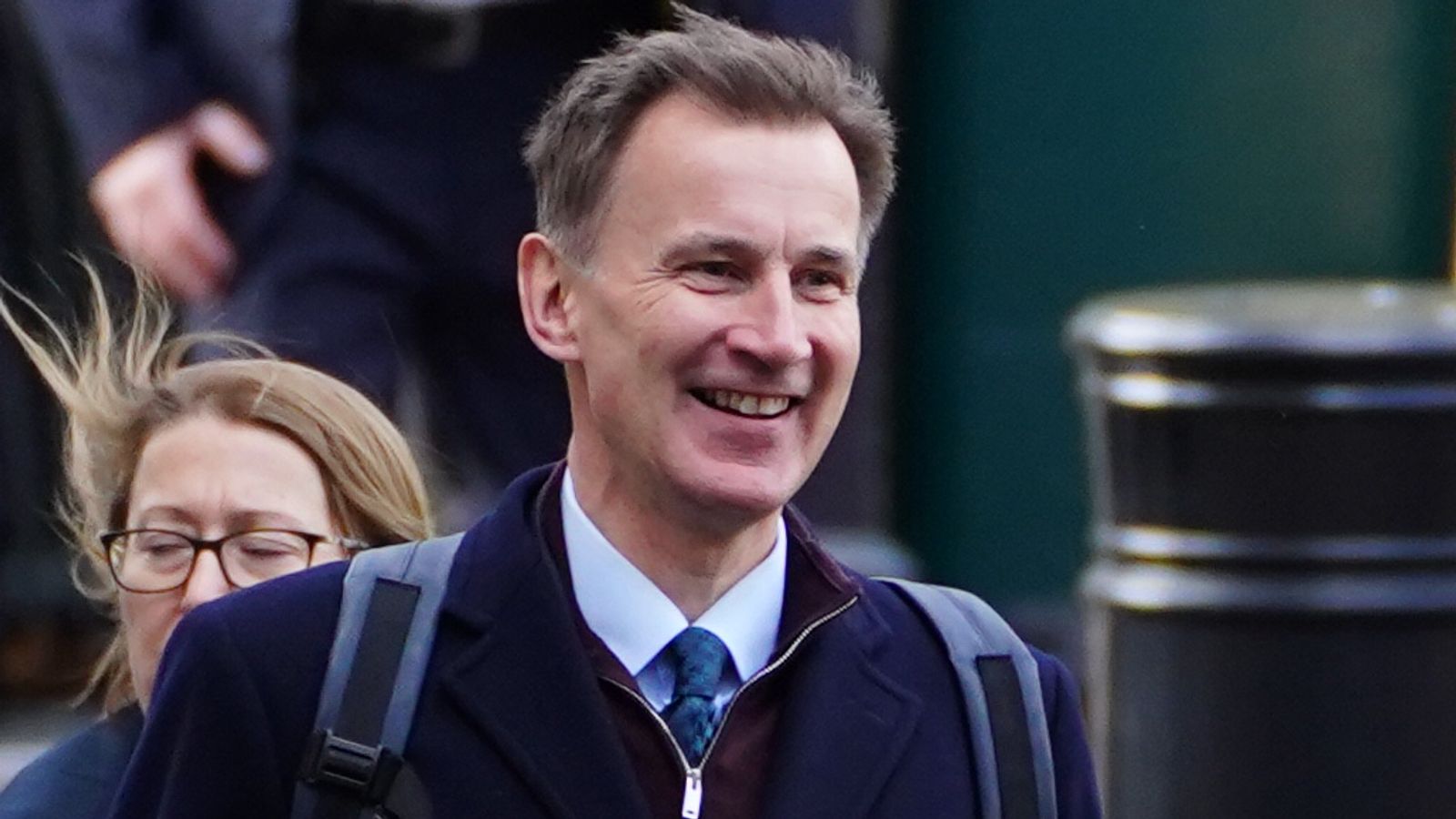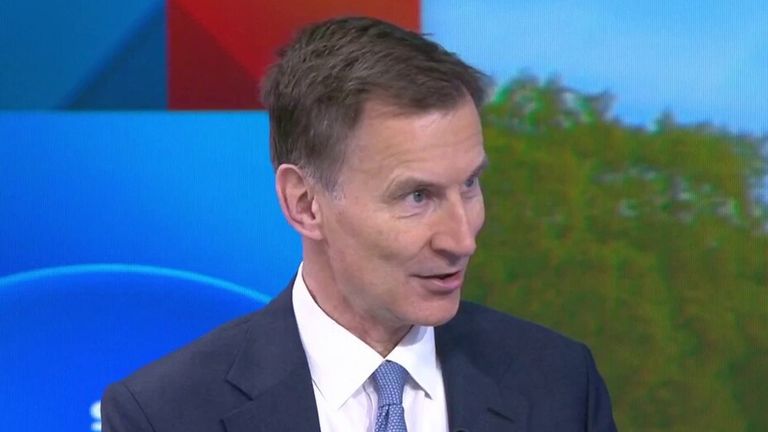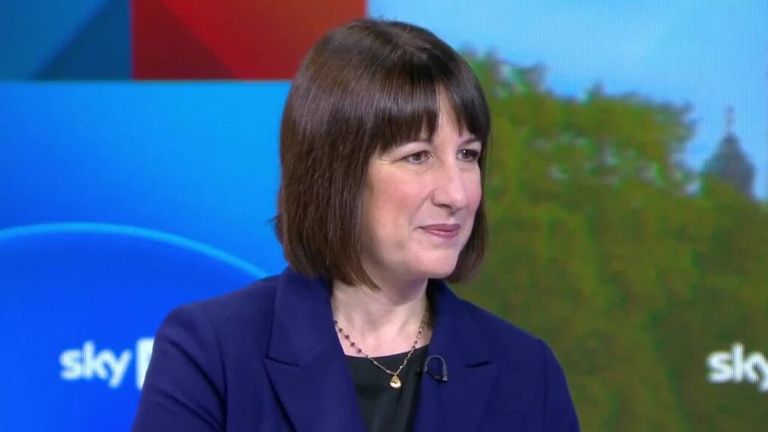Public sector borrowing reached the second highest level for any October since records began, according to official figures, casting doubt on the prime minister’s pledge to cut debt and the chancellor’s capacity to cut taxes.
Public sector net borrowing was £14.9bn last month, £4.4bn more than the same point last year and the second highest since monthly records began in 1993, the Office for National Statistic (ONS) said.
Only once before, in the pandemic year of 2020, was a higher amount borrowed in October.
High borrowing costs, thanks to high interest rates and bond yields having neared a 15-year high, are part of the reason.
The interest payable was the highest on record for any October since such figures began being collated by the ONS.
Interest payments were £1.1bn more expensive than October last year, reaching £7.5bn. It is an even greater amount than the Office of Budget Responsibility’s (OBR) forecast of £4.9bn.
One of Prime Minister Rishi Sunak’s five promises is to reduce government debt, which arises when the state spends more money than it takes in from taxes.
Across the seven months to October 2023 debt was up £21.9bn compared with the same seven months in 2022, totalling £98.3bn.
But the sum was £16.9bn less than the £115.2bn forecast by the OBR in March.
The ONS data is the last set before the mini-budget speech to be delivered by Chancellor Jeremy Hunt in the Commons on Wednesday.
He had signalled months ago that the prospects for a series of giveaways was not in his immediate plans, despite pressure from Tory MPs for sweeteners to bolster the party’s fortunes in the polls.
However, the tune from Downing Street has changed significantly over the past few days, with Mr Sunak saying on Monday it was time for the government to “begin the next phase” of its plan and “turn our attention to cutting tax”.
It is believed some personal taxes could be cut to help boost growth and help working families with the cost of living.
At the weekend Mr Hunt also pledged to “remove the barriers that stop businesses growing”.
The chancellor had told Sky News in October that OBR’s new economic forecasts, to be revealed alongside the autumn statement, would be considerably worse than at the time of the spring budget.
Efforts to cut benefit bills and get 1.1 million classed as economically inactive into employment were revealed on Thursday last week as part of the chancellor’s Back to Work Plan.
It was the first pre-announcement of the autumn statement.
The run-up to a major fiscal event is often littered with such things – and leaks.
Mr Hunt is facing a clamour of demands for aid – not least from charities which warn that millions of families need additional support to get them through another tough winter for household budgets.
Inflation figures last week may have shown that the pace of price increases has more than halved this year, meeting the government’s target, but bills for energy remain £1,000 above pre-pandemic levels and other essentials such as food are still rising in double-digits.
Key announcements are due on Wednesday over the government’s commitment to the pensions triple lock and whether working age benefits will rise in line with September’s inflation figure.
Read more:
Autumn statement 2023: What time is it and what could be announced?
Business aid may come in the form of tax relief.
A coalition of hospitality businesses called on the chancellor last week to freeze business rates and extend reliefs.
They argued that a fresh tax burden would force up costs and spark a flood of closures.
In response to Tuesday’s figures, Mr Hunt said: “We met our pledge to halve inflation, but we must keep on supporting the Bank of England to drive inflation down to 2%. That means being responsible with the nation’s finances.
“At my autumn statement tomorrow, I will focus on how we boost business investment and get people back into work to deliver the growth our country needs.”


